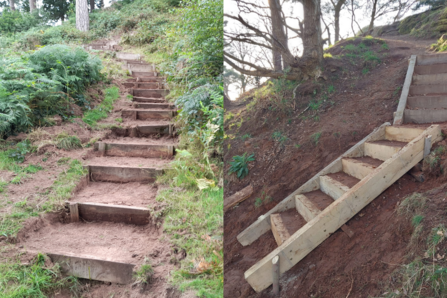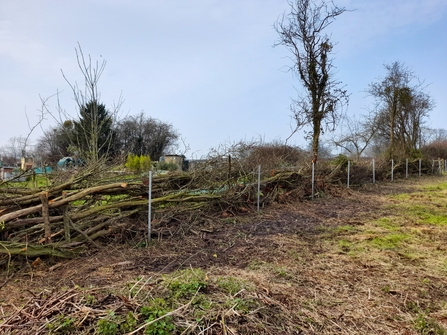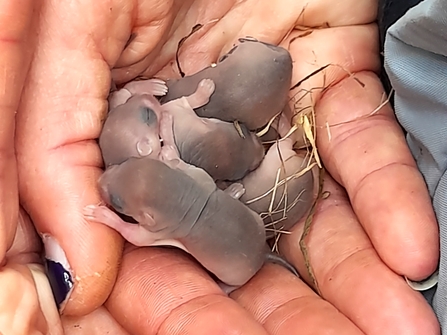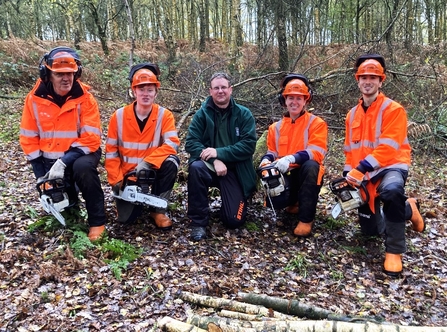I cannot believe that a year has passed since Charlie and I joined the trainees and as I write this, our old boss Andy B is taking our replacements through their induction as they start out on the same journey. How time has flown by. As a “slightly” more mature trainee and long-term volunteer, I thought I knew a lot about the Trust and managing nature reserves but how wrong I was!
As I reflect on the past 12 months as a conservation trainee, I thought I'd share some of the highlights and challenges, along with some of the skills I have learnt throughout the experience.
Over the past year, all the trainees spent a lot of time on Trust reserves learning new skills from Andy B. At the same time, we completed various tasks to maintain and improve not only the habitats but also the infrastructure on nature reserves. The biggest task was the replacement of the steps to The Devil’s Spittleful rock. We have begun to replace the existing steps with “box” steps constructed in oak, which will hopefully save many hours of volunteer time spent repairing steps. There is still a way to go before the steps are completed, so we shall have to pass this task on to our successors!





